Table of Contents
Let's be real. Staring at a blank piece of paper or scrolling endlessly through online galleries trying to conjure the perfect tattoo design can feel like trying to find a decent cup of coffee in a desert. You've got ideas swirling, maybe a vague shape or a feeling, but how do you actually get that onto your skin without looking like you drew it on in the dark? That's where **tattoo designs to print** come into play, and frankly, they're a game-changer for anyone serious about getting ink that doesn't require immediate laser removal.
Why Look for Printable Tattoo Designs?
Why Look for Printable Tattoo Designs?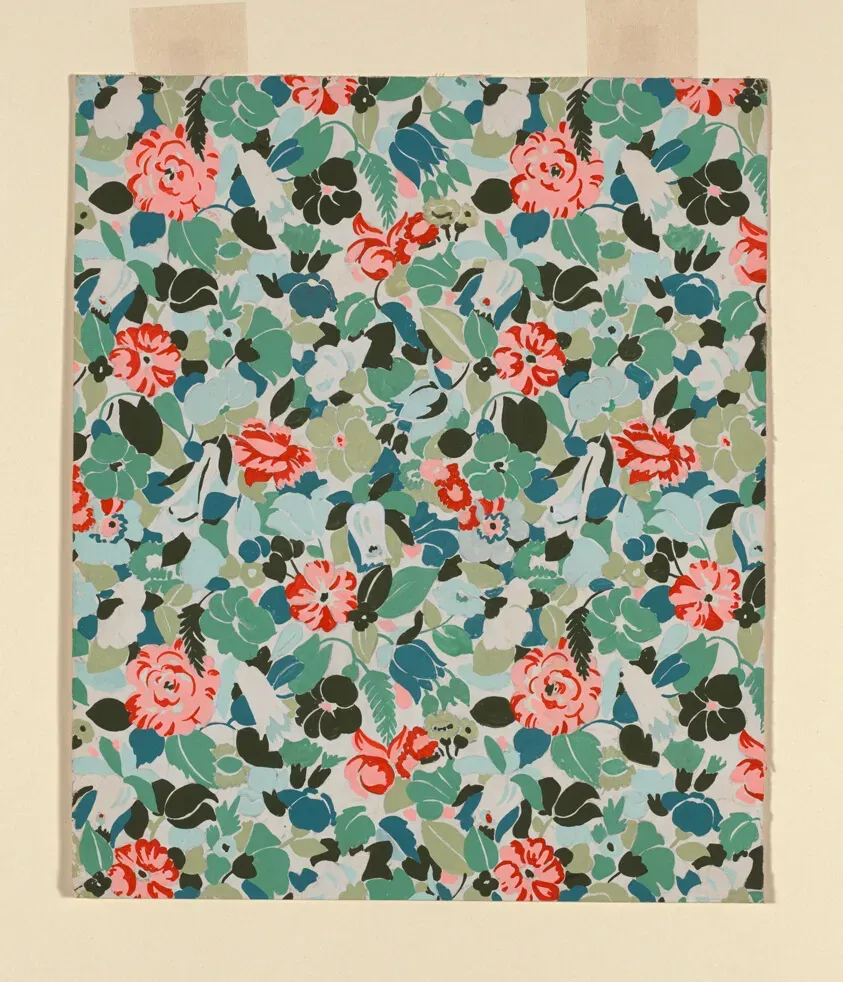
so you're thinking about getting some ink, or maybe you're an artist just starting out. Why on earth would you bother with **tattoo designs to print**? Simple. It gives you control. Instead of walking into a shop hoping they have something vaguely like what's in your head, you can show up with a clear stencil ready to go. It lets you play around with scale, placement, and even small tweaks on paper before committing. Think of it like trying on clothes before you buy them, but way more important because, you know, permanent. It saves time, reduces misunderstandings with your artist, and honestly, it just feels more concrete to hold the design in your hand.
Finding Quality Tattoo Designs to Print Online
Finding Quality Tattoo Designs to Print Online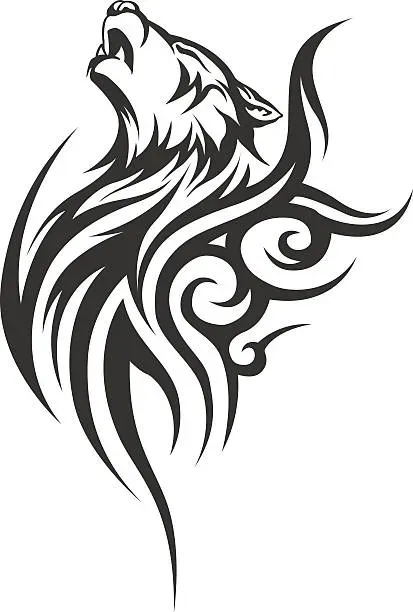
Where the Good Stuff Lives Online
Alright, so you're convinced that having **tattoo designs to print** is the way to go. But where do you actually find designs that don't look like they were drawn by a third-grader with a shaky hand? The internet is a wild place, full of both treasures and, well, digital junk. You're looking for reputable sites. Think stock photo giants like iStock or Shutterstock; they have massive libraries, including vectors and illustrations specifically tagged for tattoos or design use. Artists' personal websites or curated platforms like Etsy can also be goldmines, connecting you directly with creators who might even offer custom work based on their existing printable designs.
Steer clear of sketchy free download sites that promise the world but deliver low-resolution garbage or worse, malware. Quality matters here. A crisp, clean design is crucial for your artist to work from. Look for files that are high resolution, ideally vector files (.svg, .ai) or high-quality JPEGs or PNGs. Vectors are preferred because they can be scaled infinitely without losing detail, which is essential if you decide to change the size of the design.
Navigating the Free vs. Paid Landscape
Now, about cost. You can find free **tattoo designs to print**, absolutely. Many artists offer free samples, or sites might have a limited selection. However, like anything truly good, the best stuff often comes with a price tag. Paying for a design usually gets you higher quality, unique artwork, and proper licensing (meaning you're allowed to use it for your personal tattoo). Think of it as investing in the foundation of your permanent body art.
Free designs can be a great starting point, especially for practice stencils if you're an aspiring artist. But if you're planning to get this inked, consider dropping a few bucks for a design you genuinely love and that's professionally done. It's a small price to pay for something that will be on your skin forever. Some platforms operate on a subscription model, which can be cost-effective if you plan to download multiple designs, while others offer per-design purchases.
- Check licensing terms: Is it for personal use only?
- Look at artist reviews or portfolios if buying direct.
- Verify file types offered: Vectors are usually best for scaling.
- Compare prices across different platforms for similar quality.
- Don't be afraid to contact the artist with questions.
Beyond the Obvious: Niche Sites and Artist Portfolios
Don't limit yourself to the massive stock sites, although they are a good starting point for finding **tattoo designs to print**. There's a whole world of independent artists and niche websites dedicated specifically to tattoo flash or printable line art. Instagram and Pinterest can be fantastic visual discovery tools, but always trace the image back to the original source to ensure you're getting it from the artist or a legitimate distributor. Many tattoo artists also sell their custom flash or printable designs directly through their own websites or online stores.
Exploring these smaller corners of the internet often uncovers truly unique and specific styles you won't find on the big platforms. Found an artist whose inked work you admire? See if they sell their designs for stenciling. It's a direct way to support the artist and get something original. This approach requires a bit more digging, but the potential payoff in finding a truly personal design is huge. It's like finding that perfect vintage band tee instead of buying the mass-produced version.
Making the Most of Your Tattoo Designs to Print
Making the Most of Your Tattoo Designs to Print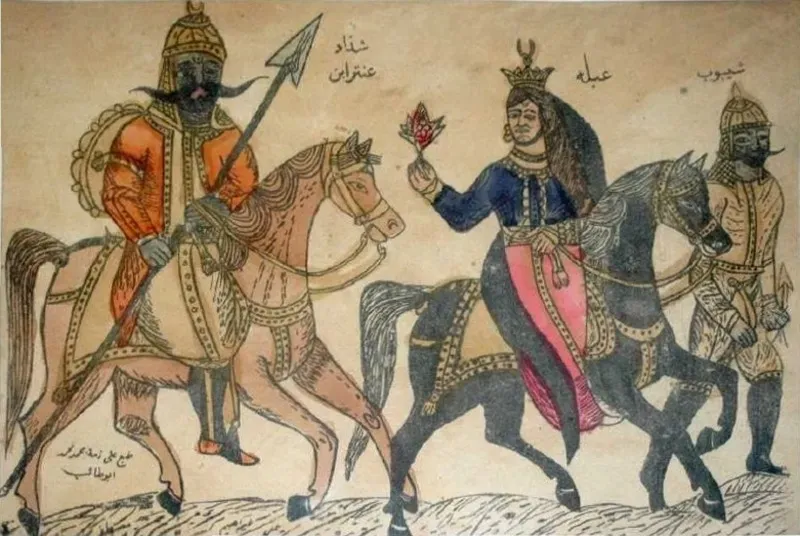
Getting Your Digital File Print-Ready
So you've found some killer **tattoo designs to print**. Awesome. But before you hit that print button, a little prep work goes a long way. First, check the file format. Is it a high-resolution JPEG, a PNG with a transparent background, or even better, a vector file like an SVG or AI? Vector files are your best friend because you can scale them up or down without losing any crispness. If it's a raster image (JPEG, PNG), make sure the resolution is high enough for the final size you want – usually at least 300 DPI is recommended, especially for detailed work. Trying to print a tiny web image for a large back piece is a recipe for a blurry mess.
You might need basic image editing software (even free ones like GIMP or online editors work) to adjust the size, flip the image horizontally (essential if you want it to face a certain direction on your body), or make minor tweaks. Don't go crazy altering the artist's work unless you know what you're doing, but resizing and mirroring are standard steps. Think of this as fine-tuning before the main event.
Choosing the Right Paper and Printer Settings
file's ready. Now for the actual printing. You're not printing family photos here. You need a clear, dark line drawing that your tattoo artist can easily transfer or use as a reference. A standard home printer works fine, but the paper matters. Don't use thin, flimsy paper. A slightly thicker paper, like a cardstock or even just a good quality printer paper (20-24 lb weight), will give you a more stable stencil base. Make sure your printer's ink cartridges aren't running dry – you want those lines solid black.
Check your printer settings. Print in black and white, obviously. Choose the highest quality print setting available. Sometimes there's an option for "photo paper" or "best quality" – select that. You want sharp, defined lines, not something that looks like it was printed through a sock. If you're printing multiple sizes to test, label them clearly so you don't mix them up.
- Use high-quality printer paper (20-24 lb).
- Ensure ink levels are full for solid lines.
- Select the highest print quality setting.
- Print in pure black and white.
- If testing sizes, print several and label them.
- Consider printing a small test section first.
What To Do Once Your Design is Printed
Alright, you've got the crisp, perfect printout of your chosen design. Now what? This paper isn't going straight onto your skin like a temporary tattoo. This is the base for the stencil your artist will use. Handle it carefully; don't fold or crease it unnecessarily. You'll bring this printout to your tattoo appointment. The artist will likely use a thermal copier or hand-draw the stencil onto transfer paper using your print as the guide.
Having a clean, high-contrast printout of your **tattoo designs to print** makes the artist's job much easier and reduces the chance of errors during the stenciling process. It shows you're prepared and serious about your tattoo. You can also use these printouts to play around with placement on your body using tape or even a temporary adhesive spray (test on a small area first!). This lets you visualize exactly how it will look before the stencil goes on and the needle starts buzzing. It's your last chance to be absolutely sure about size and position.
From Paper to Skin: What Happens After You Print Tattoo Designs?
From Paper to Skin: What Happens After You Print Tattoo Designs?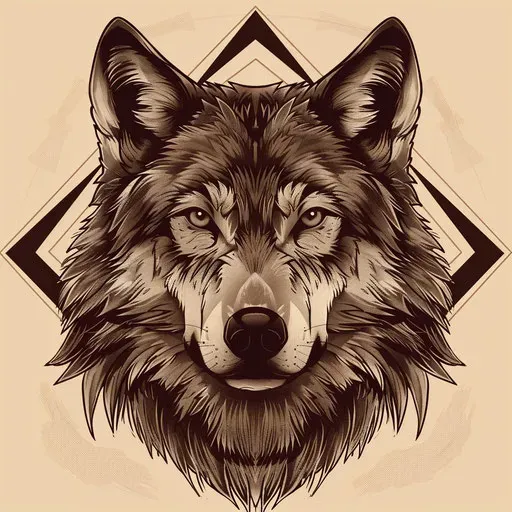
you've done the homework, found a killer design, and printed it out crisp and clean. You walk into the studio with your paper in hand, feeling smugly prepared. So, what happens to your carefully chosen **tattoo designs to print** once the artist gets their hands on it? They aren't going to just eyeball it and freehand the whole thing, unless you've specifically requested that (and maybe question that life choice). The standard process involves creating a stencil. Your artist will likely use a thermal copier, a machine that reads the dark lines on your printout and transfers them onto special stencil paper using heat. Think of it as a fancy, slightly archaic copy machine specifically for tattoo lines. This stencil paper, often purple or blue, has a waxy side that, when applied to the skin with a liquid transfer solution, leaves a temporary outline of your design. This is the roadmap the artist follows with the needle. A good printout means a clear stencil, which means a better chance of your tattoo looking exactly like you envisioned.
- The artist uses your printout as a guide.
- A thermal copier transfers the design onto stencil paper.
- The stencil paper creates a temporary outline on your skin.
- A clear printout leads to a precise stencil.
Common Pitfalls When Using Tattoo Designs to Print
Common Pitfalls When Using Tattoo Designs to Print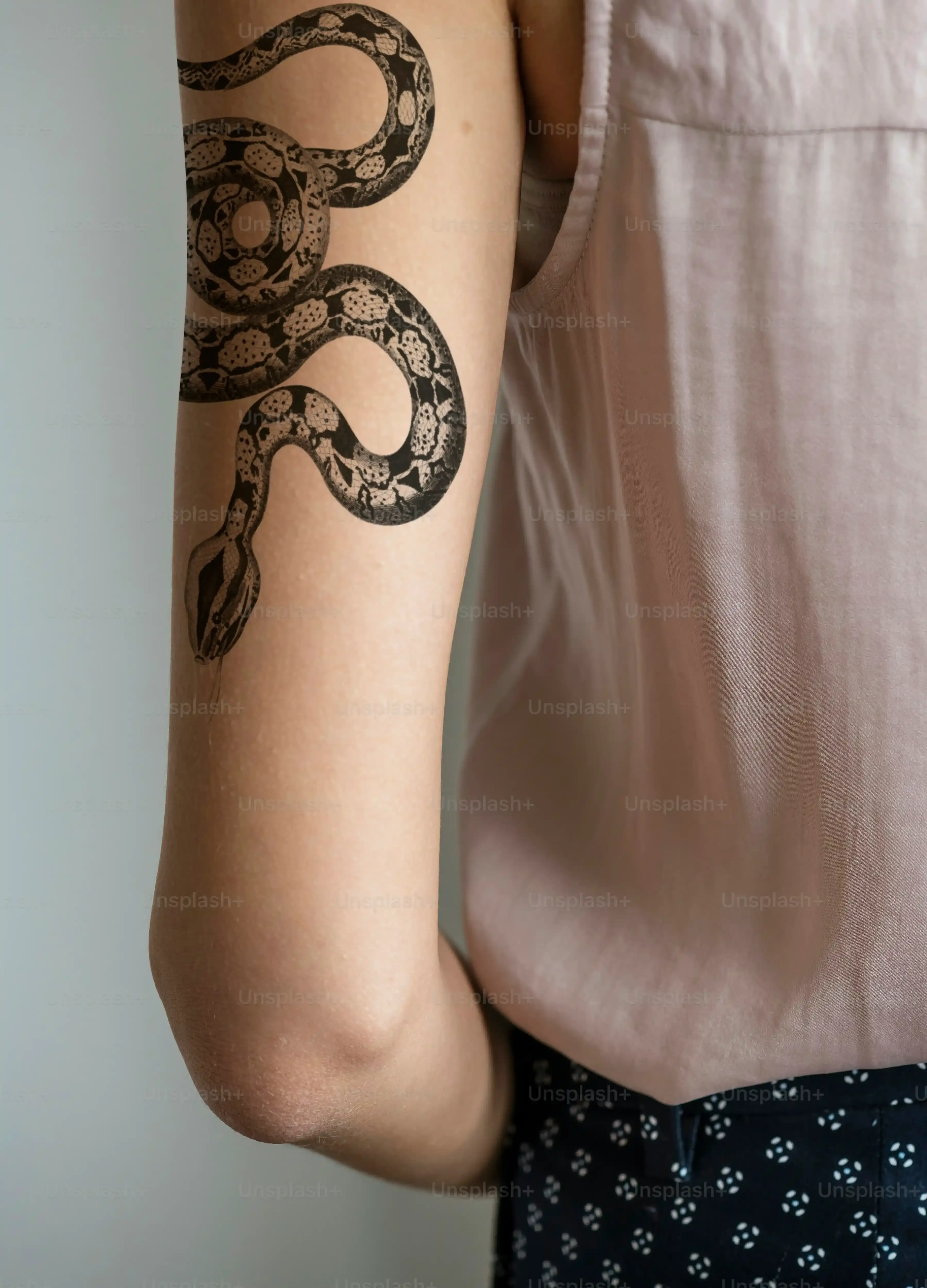
Ignoring Image Resolution and Quality
Alright, so you've found a design you love online, maybe you even snagged it for free. You hit print, excited to show your artist. But hold up. Did you check the resolution? One of the biggest slip-ups when using **tattoo designs to print** is grabbing a low-resolution image and expecting it to magically look crisp when blown up for a tattoo. You found a cool thumbnail on Pinterest? Great, but that tiny image won't cut it for a forearm piece. Blowing up a pixelated image just gives you bigger, uglier pixels. Your artist needs sharp lines to work from, especially for detailed designs or fine line work. A fuzzy printout means a fuzzy stencil, which can lead to a less-than-stellar tattoo. Always aim for high-resolution files, ideally 300 DPI or higher at the intended print size, or better yet, vector files that scale perfectly.
Skipping Consultation with Your Artist
you've got your beautiful, high-res printout. You walk into the studio like you've got it all figured out. But here’s another common mistake: assuming your artist will just take your printout and slap it on your skin exactly as is. While having **tattoo designs to print** is incredibly helpful, it doesn't replace the artist's expertise. They know how ink sits in the skin, how lines will heal, and what designs work best for different body parts. Maybe your design is too intricate for the size you want, or maybe certain elements won't age well. A good artist will look at your design, discuss placement, size, and potential modifications. They might suggest simplifying lines, adjusting proportions, or slightly altering elements to make the tattoo look better and last longer. Think of your printout as a strong starting point, not the absolute final blueprint.
Potential Pitfall | Why It Matters | How to Avoid It |
|---|---|---|
Low-res image | Leads to blurry stencil & tattoo | Use 300+ DPI or vector files |
Ignoring artist input | Design may not translate well to skin | Consult your artist on size, placement, and detail |
Assuming print is final stencil | Artist needs to create a proper transfer | Bring a clean printout for the artist to work from |
Confusing the Printout with the Actual Stencil
This might sound obvious, but it's a mistake people make. Your paper printout of the design is not the stencil that goes directly onto your skin. The printout is the reference material. Your artist will use that printout to create the actual skin stencil, usually via a thermal copier onto special transfer paper. This transfer paper is what gets applied to your cleaned skin with a liquid solution, leaving that temporary, purple or blue outline. Handing your artist a crumpled, faded printout or thinking they can just freehand from it because "it's right there" isn't setting anyone up for success. Providing a clean, clear, high-contrast print of your chosen **tattoo designs to print** is crucial for the artist to create an accurate stencil, which is the guide they follow with the needle. It's the difference between following a clear map and trying to navigate by a smudged sketch.
Making Your Mark, Wisely
So, there you have it. Using **tattoo designs to print** isn't just a shortcut; it's a fundamental step towards making a more informed decision about something that's going to be with you for the long haul. You've seen why they matter, where to look beyond the first page of a search result, how to put them to work, and the common sense precautions to take. It’s about taking control of the initial vision, refining it on your terms, and walking into the studio with a clear plan, not just a hazy idea. Because in the end, the goal isn't just getting a tattoo; it's getting the right tattoo, and starting with a solid printout is a pretty smart way to stack the odds in your favor.